The global shipping industry has accepted an astonishing inefficiency for far too long: it still relies on paper to move trillions of dollars in goods. Bills of lading—essential trade documents—are printed, couriered, signed, and scanned across borders, often taking up to a week to process and costing up to $18 per document. This isn’t just antiquated—it’s expensive, slow, and vulnerable to fraud.
Last month, we demonstrated there’s a better way.
As part of the Digital Supply Chain Institute’s Open eBL Initiative, BlueX, a fintech leader in AI-driven logistics solutions, partnered with Port-Alliance International Logistics to complete a first-of-its-kind pilot: every forwarder-controlled export shipment on the Shanghai-to-Los Angeles route was issued a fully digital bill of lading. No paper. No portals. No customer training. Just emails—sent as usual—while our platform worked quietly in the background to generate legally compliant, digital documents.
This wasn’t a tech demo or a lab simulation; it was real-world, high-volume, and high-stakes—and it worked. We cut document turnaround time from 5–7 days to under 10 minutes. Costs fell by 98%, from an average of $10–18 to just 25 cents per document. And perhaps most remarkably, over 90% of customers adopted the system instantly—without changing their behavior.
For logistics providers like Port-Alliance International Logistics, this is a game-changer. Port-Alliance is a major freight forwarder managing complex international shipping operations, including high-volume export lanes between Asia and North America. In this pilot, the focus was on the Shanghai-to-Los Angeles corridor, one of the busiest and most strategically important trade routes in the world. This corridor handles a massive share of container traffic between Chinese manufacturers and U.S. retailers, making it an ideal proving ground for scalable digitization.
At the heart of this success was the Model Context Protocol (MCP), a framework that allows software systems to speak the same language. With MCP, logistics platforms like transport management systems don’t need to be rebuilt or reconfigured—they simply plug in. AI agents handle the rest, operating silently in the background. These agents parsed natural language instructions in both English and Chinese—such as “please issue BL” or “transfer to consignee”—from ordinary customer emails and automatically triggered the appropriate actions. They also extracted key shipment details like container numbers, vessels, and consignee information from attached documents, populating the eBL with zero keystrokes. A compliance co-pilot reviewed each eBL in real time, ensuring Port-Alliance and its banking partners remained audit-ready and compliant with trade regulations.
Why does this matter? Because logistics providers are drowning in inefficiency. They spend millions annually on document processing, compliance checks, and courier fees—costs that ultimately get passed on to shippers, retailers, and consumers. The industry talks a lot about digitization, but adoption has stalled because solutions are often too complex, too expensive, or too disruptive to implement at scale.
Our pilot showed that it doesn’t have to be that way. Customers didn’t need to learn or use new technology. Under the hood, BlueX connected Port-Alliance’s internal systems to the Open eBL platform using a set of AI agents and MCP connectors. Customers, however, were not asked to change anything. They simply continued using standard email, just like they always do. The system parsed those emails, understood the context, and issued legally compliant, cryptographically secure eBLs in the background—without ERP overhauls or disruption. There were no new software systems to install, no websites to log into—just faster, more affordable, and safer trade documentation.
We are now preparing to scale this model globally. BlueX plans to release plug-and-play MCP connectors for widely used platforms like CargoWise and Magaya, making it easier for thousands of forwarders to adopt. A new self-service onboarding wizard will reduce integration from weeks to hours. Trade finance features will soon allow eBLs to be bundled with credit scoring and pay-later options. The compliance co-pilot will evolve to automate export control and sanctions screening. And an MCP Marketplace is on the way, allowing logistics firms to subscribe to certified connectors, analytics dashboards, and other plug-in tools.
The infrastructure for paperless trade isn’t theoretical anymore—it exists, and it works. It’s time to stop treating the paper Bill of Lading as a necessary evil. We have the tools to eliminate it—and the evidence to prove it’s not just possible, but profitable. The once-distant vision of paperless trade isn’t coming—it’s here. Let’s stop wasting time and money.
About the author:
Kevin Chung is chief technology officer of BlueX Trade.
SC
MR
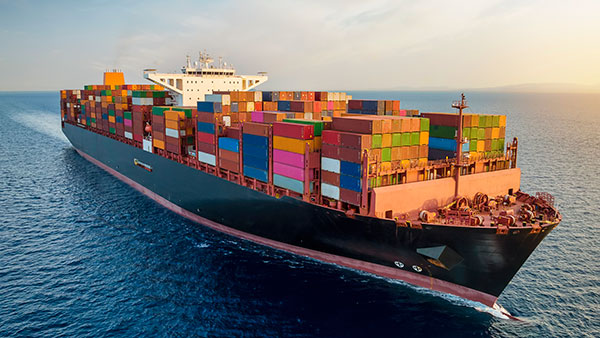

More Global Trade
What's Related in Global Trade
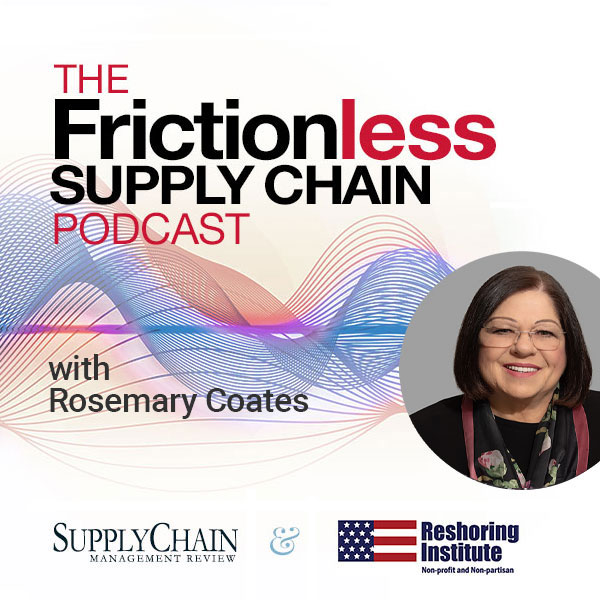
 Explore
Explore
Topics
Procurement & Sourcing News
- C.H. Robinson rolls out AI agent to address LTL classification overhaul
- Danone latest to announce new US investment
- Uber Freight’s Val Marchevsky to deliver Keynote at NextGen Supply Chain Conference
- Unlocking the green grid: Innovations for eco-friendly last mile
- Dealing with supply chain complexities with scenario intelligence
- Securing critical minerals during a global trade war
- More Procurement & Sourcing
Latest Procurement & Sourcing Resources
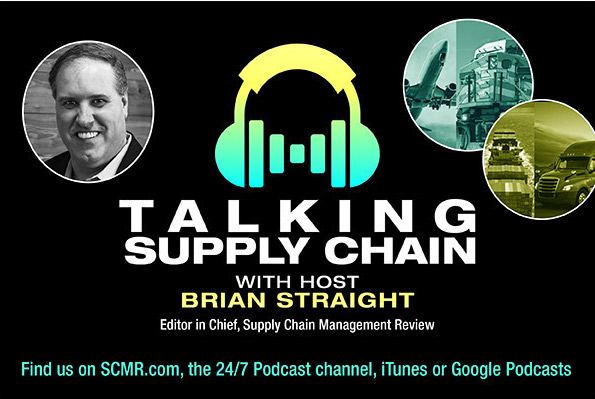
Subscribe
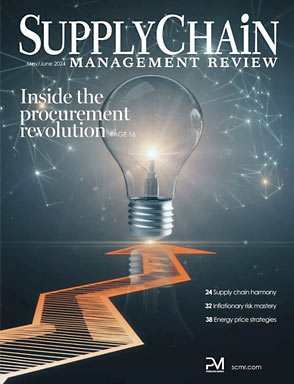
Supply Chain Management Review delivers the best industry content.
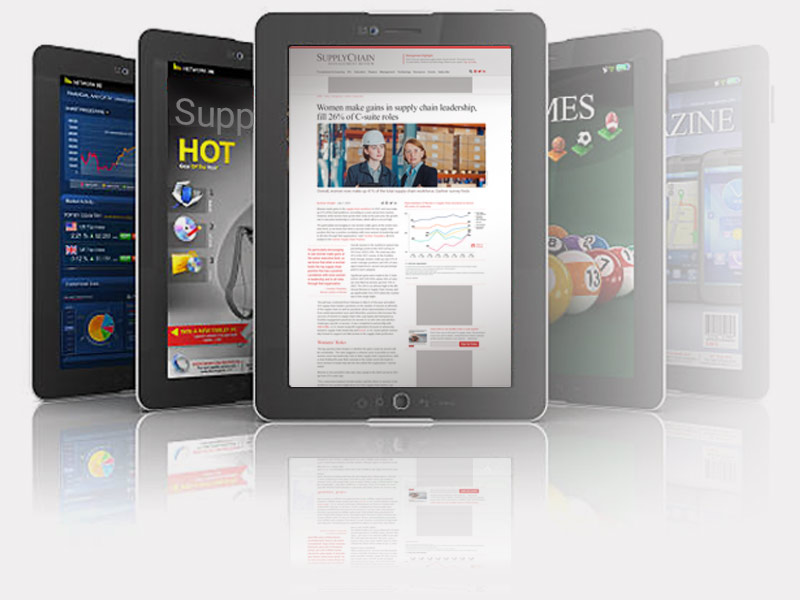
Editors’ Picks




